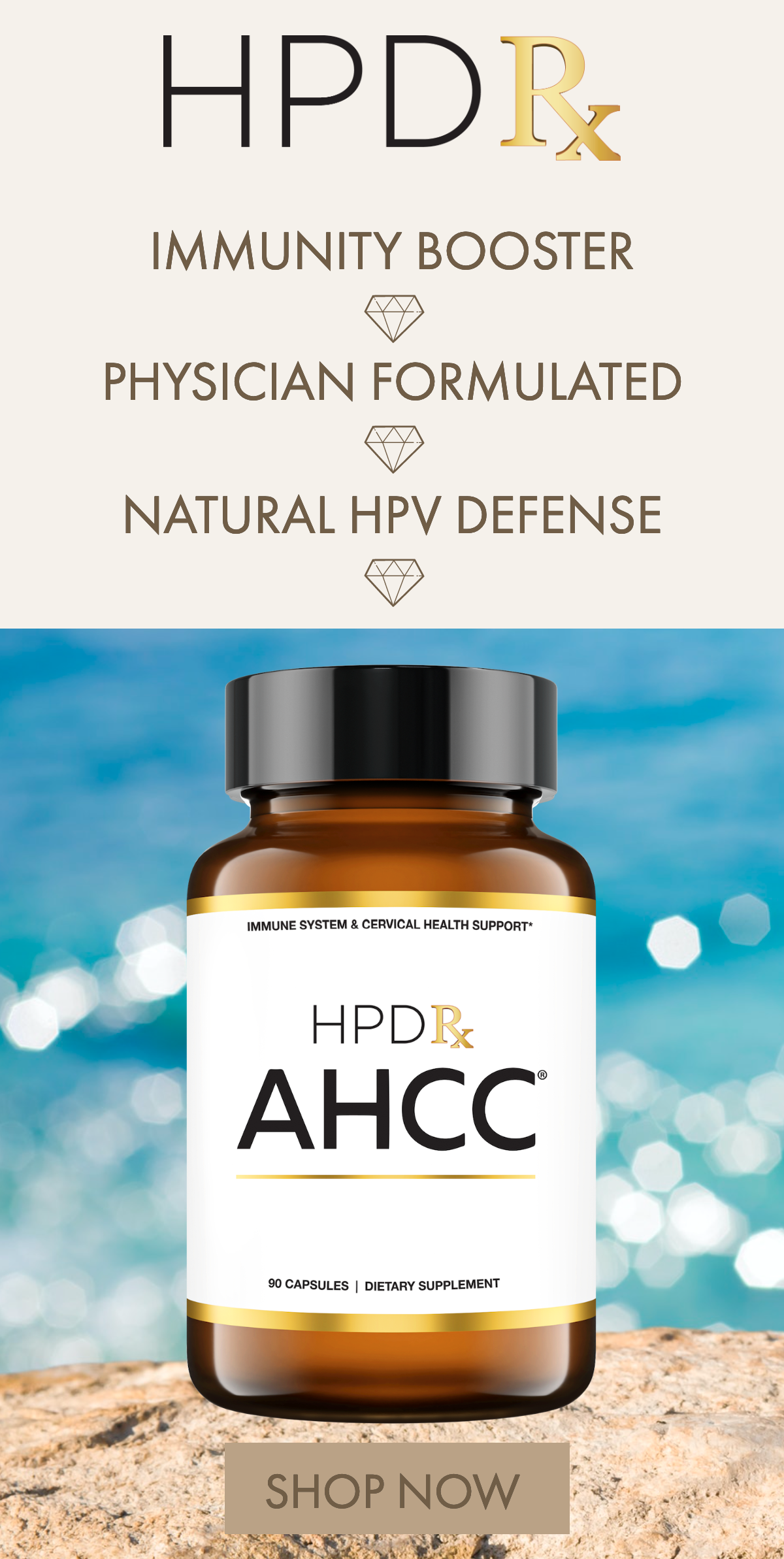
HPV Overview
Human papillomavirus (HPV) refers to over 150 viruses, of which about 40 are typically spread through intimate contact. It’s a very common sexually transmitted infection (STI) that affects both men and women.
In 2018, the Centers for Disease Control and Prevention (CDC) reported that over 42 million Americans had contracted HPV. Additionally, 13 million new infections were reported that year alone. While most cases of HPV are harmless and will clear up on their own, certain types can lead to genital warts or precancerous lesions. Although HPV is common, there are ways to protect against transmission.
In this article, we will cover eight strategies to reduce your risk of contracting or spreading HPV.
1. Get Vaccinated
Gardasil 9 is a vaccine that protects against most types of HPV that are responsible for causing cervical, anal, vaginal, vulvar, penile, and oropharyngeal cancers. The CDC recommends that all adolescents between the ages of 11 and 12 receive the vaccine, prior to any likely exposure to sexually transmitted strains of HPV.
However, the HPV vaccine is also approved for individuals between the ages of 9 and 45. In fact, the CDC advises that young adults up to the age of 26 get vaccinated if they did not receive all of the recommended doses of the vaccine at a younger age. By getting vaccinated against HPV, you can greatly reduce your risk of developing cancer or genital warts.
2. Practice Abstinence
Abstinence is the only foolproof method of preventing the transmission of HPV, as well as other sexually transmitted infections. If you choose to abstain from sexual activity, including oral, anal, and vaginal sex, you can eliminate your risk of contracting HPV altogether. However, many adults may find complete abstinence to be unrealistic or undesirable. In such cases, there are other effective methods, such as those suggested below.
3. Avoid Sex at a Young Age
Engaging in any sexual activity at a young age increases the likelihood of acquiring HPV infection. People aged 15 to 25 are the most susceptible age group to develop HPV. It is not possible to determine whether a potential sexual partner has HPV. To protect yourself, it is best to get vaccinated against HPV before engaging in sexual activity. The HPV vaccine is typically given in two or three doses, over a period of 6 to 12 months. Consistent use of condoms during sexual encounters can also lower the risk of HPV transmission.
4. Be Selective – Limit the Number of Sexual Partners
It is important for partners to be honest about their sexual histories. However, remember that anyone can have HPV and transmit the virus to a partner even if they do not show any signs or symptoms of infection.
For this reason, you might want to limit your number of partners to further reduce the risk of HPV. Having multiple sexual partners increases the likelihood of exposure to HPV. Despite that, a single sexual partner with HPV can transmit the virus.
Studies suggest that refraining from sexual activity for several months before having sex with a new partner may reduce the risk of HPV transmission. This is because it allows time for any existing HPV infection to clear up. In women, 64 to 80 percent of HPV infections cleared up within 6 months, while 64 to 76 percent cleared up within 12 months, according to a study published in Women’s Health. These clearance rates are comparable to those seen in previous studies.
5. Make Sure to Use Condoms
Wearing condoms during sex lowers the risk of HPV transmission. Ensure to wear condoms consistently and correctly from the start to the finish of every sexual act. With that said, remember that condoms do not provide full protection against HPV as the virus can spread through skin-to-skin contact.
Experts recommend people to use a new condom for every new type of sexual activity. For instance, switching from oral sex to vaginal sex might require wearing a new condom. It’s also important to never reuse a condom, as this can increase the risk of transmission.
While condoms are not a foolproof method of prevention, they are a useful tool in reducing the risk of HPV transmission. This is especially true when used in combination with other prevention strategies, such as:
- Getting vaccinated
- Limiting the number of sexual partners
- Practicing abstinence
6. Get Cervical Cancer Screening Early and Regularly
HPV infection can lead to cervical dysplasia, which refers to abnormal changes in the cells of the cervix. Although cervical dysplasia can progress into cervical cancer, early detection and treatment will dramatically lower the risk of this disease. There are two primary tests to screen for HPV in the cervix or cervical dysplasia – The Pap smear test and the HPV test.
The Pap test focuses on collecting cells from the cervical canal. After that, a pathologist will inspect these samples under the microscope to identify any cellular abnormalities. On the other hand, the HPV test involves collecting cells from the cervix but checks for the presence of the virus itself instead of looking for abnormal cells.
According to the American Cancer Society (ACS), women between the ages of 25 to 65 are recommended to get tested every five years using a primary HPV. If the latter is not available, you can get a Pap test with an HPV test every five years or a Pap test alone every three years. The guidelines of the American College of Obstetricians and Gynecologists are similar:
Pap tests recommended every three years through age 29 and HPV testing every five years starting at age 30 in women with a healthy immune system and the average risk of cervical cancer.
If you are unsure which type of screening is right for you, speak to your doctor. Regardless, getting screened for HPV or precancerous changes is crucial to reduce your risk of cancer.
7. Healthy Lifestyle
Eating a diet rich in fruits and vegetables might be beneficial in reducing the risk of various types of cancer. Antioxidant-rich foods such as berries, leafy greens, and cruciferous vegetables can help neutralize harmful free radicals that damage cells and contribute to cancer development.
Aside from a healthy diet, regular exercise can also reduce the risk of cancer. Moreover, exercise helps to regulate hormones and reduce inflammation, both of which can contribute to dysplastic changes. Take quality supplements such as AHCC which is the only natural extract with clinical studies supporting its benefits in fighting HPV prevention.
Smoking and excessive alcohol consumption are known to increase the risk of various types of cancer, including those associated with HPV. Therefore, quitting smoking and limiting alcohol intake can reduce your risk of developing cancer.
While no single lifestyle factor can completely prevent HPV-related cancers, following a healthy lifestyle can reduce your risk and improve your overall health.






